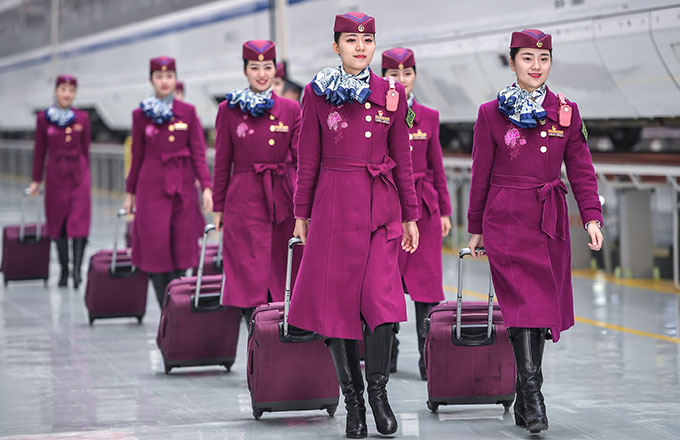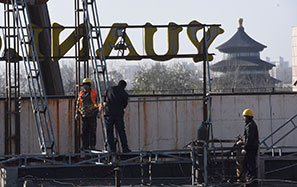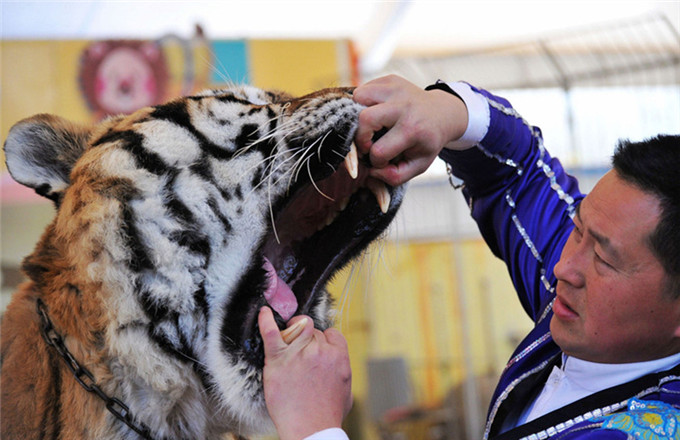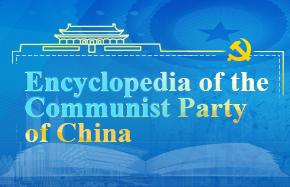Overproduction may undercut car sales in western China
As hundreds of car makers vied for attention at the recent Shanghai auto show, it was clear that China's hunger for cars shows no sign of fading.
Even as sales slow in the country's wealthy coastal cities, auto manufacturers have focused on boosting production in western China, a less affluent area where they anticipate fast sales.
Executives at the auto show told reporters that high-volume sales would offset the margin squeeze tied to an emphasis on selling functional rather than luxury cars to buyers in Chongqing, Chengdu or Guiyang. Despite its economic growth slipping to 7.7 percent in the first quarter, China this year could surpass sales of 20 million units for the first time.
The westward shift undoubtedly pleases the government, which has encouraged auto companies to go in that direction to spur inland development.
General Motors Co, the No 1 foreign automaker in China, has said growth generated in the country's west could help it sell 35 million vehicles nationwide by 2022 - more than GM now sells in the United States and Western Europe combined.
Chongqing is the focus of an enormous cash infusion, with GM and its Chinese joint venture partners planning to open a $1 billion factory in the southwestern city in 2015. Ford Motor Co, which has so far been a minor player in China, is transforming a Chongqing plant into its biggest production facility anywhere. And Chrysler Group LLC will expand a Changsha factory to make Jeeps.
The list of foreign automakers increasing output in western China also includes Japan's Nissan Motor Co and Suzuki Motor Corp, as well as Volkswagen AG of Germany.
But some observers fear that policymakers and industry executives have given too little thought to the risk posed by overcapacity.
Last year, US-based accounting firm KPMG surveyed 200 executives from leading automotive companies and found that 68.5 percent believed China would reach the peak of its capacity by 2016. The survey also found that by the end of 2011, China was estimated to have 6 million units of unused capacity - twice the size of Germany's entire car market that year.
That is expected to rise to more than 9 million units by 2017. Based on the survey's estimates, "that may be up to 35 percent more manufacturing capacity than the Chinese market can actually absorb," KPMG said.
Several big Chinese automakers have raised multiyear capacity targets, which could push the country's vehicle-production capacity over the government's 12th Five-Year Plan projection of 37 million units, to as much as 40 million, by 2015.
In KPMG's words, "manufacturing overcapacity is apparent", and the Chinese government, industry experts and analysts have warned automakers of a potential problem, so it's unclear why capacity expansion continues. As the survey report noted, "even in an environment of reduced sales growth, and despite potentially challenging issues on the horizon, almost every OME [original-equipment manufacturer] is betting on itself to be a winner".
During the auto industry downturn in the United States a few years ago, it was common to see unsold cars clogging dealers' lots. KPMG suggests that could be repeated in China, where dealership capabilities and sales distribution networks "are largely immature and somewhat out of balance". In large cities, the firm said, car ownership "is reaching saturation point".
A 2012 study by JD Power and Associates of car dealers in China and other Asia-Pacific countries found that more than 50 percent were either breaking even or losing money, compared with just 16 percent in 2009.
"It obviously is not good when half the dealerships are reporting break-even or a loss," Tim Dunne, JD Power's director of Asia-Pacific market intelligence, said in an interview.
However, an influx of new dealers has hidden the problem somewhat. JD Power found that last year China had 17,500 dealers, compared with 13,100 in 2009.
"That's 4,400 dealers between - that's a huge, huge number of dealers," Dunne said. "There are more dealers, there's more competition and lower sales for dealers." So despite the sales increase, "things are getting more difficult for them".
As automakers expand in western China, their executives might want to consider scaling back their ambitious plans. In the long run, they likely would find a broad adjustment of production targets more palatable than a sudden correction.




















